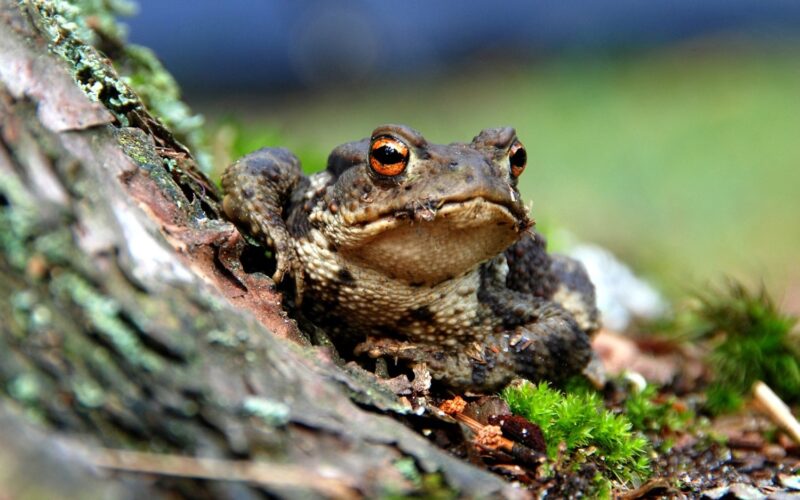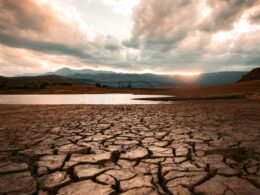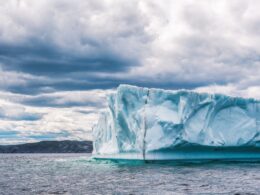Wondered how many species exist? 8,000+ worldwide, four extinct since 2004. Amphibians second most endangered, 41% on IUCN Red List.
Boston, MA (Business Northeast) – Amphibians are experiencing a rapid decline, a consequence of global warming and the heightened levels of carbon emissions. According to the latest report released by the International Union for Conservation of Nature (IUCN), 41% of amphibians, including frogs, toads, and salamanders, are on the verge of extinction. This article was published in Nature.
Amphibians are declining rapidly worldwide, and hundreds of vertebrate species have disappeared. Scientists believe that the main reasons are habitat destruction and disease infection. Amphibians, which are extremely sensitive to the environment, need a stable living environment. Climate change threatens their survival. To make matters worse, amphibians are disappearing much faster than we can study them.
Amphibians have existed on the Earth since 300 million years ago and are ancient four-legged animals. The study found that 306 species have been on the verge of extinction since 2004, and their extinction is a severe warning to humanity. Affected by climate change, extreme heat, wildfires, droughts, and hurricanes occur frequently in various places. After their habitats are destroyed, amphibians are often forced to adapt or migrate to other sites. They are sensitive to environmental changes. When the environment changes too quickly, Amphibians that cannot adapt to new environments will face the crisis of extinction.
In addition to the impact of habitat destruction, infectious diseases are also one of the reasons for the rapid decline of amphibians worldwide. More than 2,800 amphibian species worldwide are threatened by the chytrid fungus Batrachochytrium salamdrivorans (Bsal). Among them, the most serious one is the salamander. When an axolotl is infected with chytrid fungus, its skin will be several times thicker than usual, and it will eventually be unable to breathe and die due to ion regulation imbalance. Chytrid fungus spreads very quickly. Because North America has the most diverse salamander community in the world, scientists worry that when humans often travel across continents, chytrid fungi will also move across continents, inadvertently transferring chytrid fungi to the North American continent from Asia and Europe.
According to the International Union for Conservation of Nature’s Red List of Threatened Species, 41% of amphibian species are on the verge of endangerment, which is much higher than mammals (26.5%), reptiles (21.4%) and birds (12.9%). But we don’t need to be too pessimistic because since 2004, environmental awareness has gradually increased, habitat protection measures have been taken seriously, and conservation actions have directly improved the status of 63 species.
Jennifer Luedtke Swandby, Coordinator of the Red List Management Bureau of the International Union for Conservation of Nature Amphibian Specialist Group, reminded everyone not to continue to underestimate this threat. There is still time to start an amphibian conservation action plan, and quick action is needed. Protecting and restoring forests is critical not only to safeguarding biodiversity but also to climate change on Earth.









